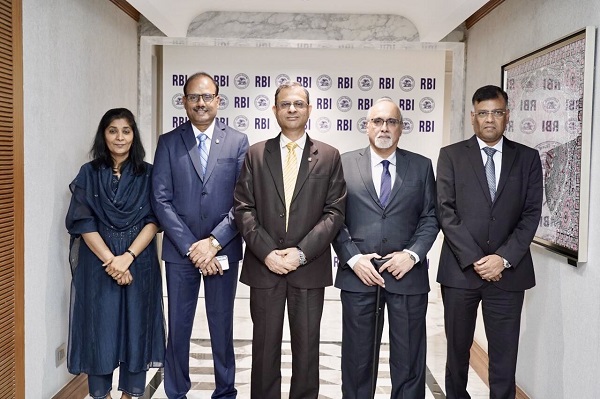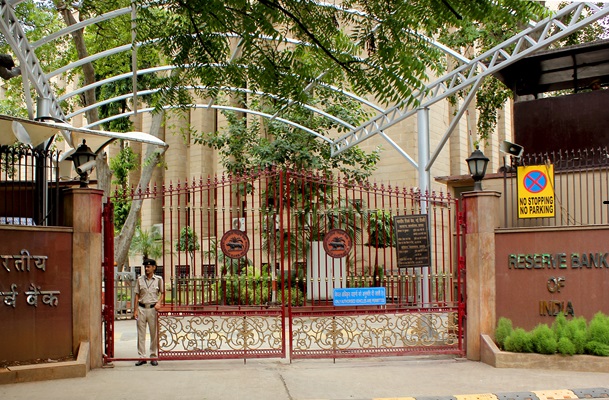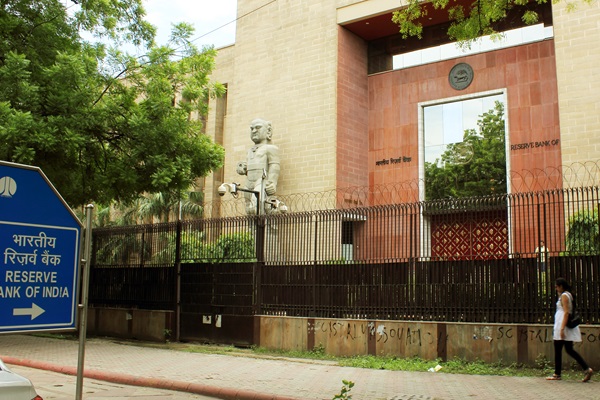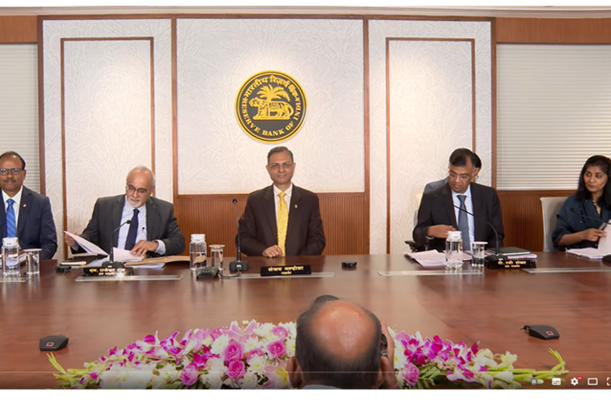.png)
RBI Breaks Old Orthodoxy with Regulatory Measures
By dismantling outdated restrictions and aligning banks with global norms, the RBI signals a bold break from decades of financial orthodoxy.
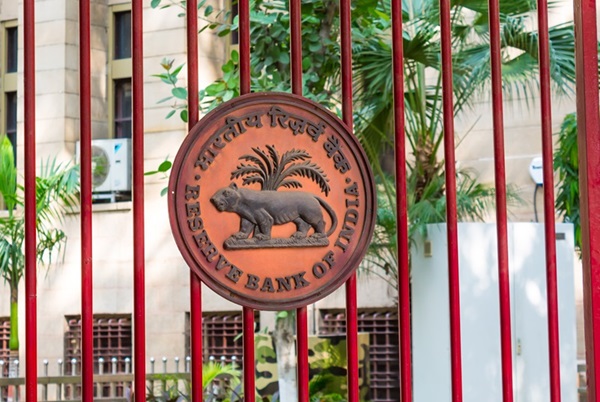

By Sachin Malhotra
Sachin Malhotra, a banking veteran with 26 years’ experience, was an MD at Standard Chartered, analysing financial cycles and economic trends
October 1, 2025 at 9:11 AM IST
There are rare moments in central banking when regulators shed the baggage of past orthodoxy and embrace reform with a clarity of purpose. The Reserve Bank of India’s October policy statement was one such moment. In unveiling 22 measures to overhaul banking regulations, Governor Sanjay Malhotra has signalled that the RBI is willing to discard entrenched beliefs in favour of a framework fit for an economy on the cusp of global integration.
The most significant shift is the migration of all commercial banks to an Expected Credit Loss regime by April 2027. Instead of provisioning only after loans sour, banks will now set aside capital upfront, adjusting provisions as borrower quality changes. This proactive approach, combined with a long glide path until 2031, promises more rational loan pricing and stronger buffers without an immediate shock to balance sheets. It also moves Indian banking closer to global best practice, where forward-looking provisioning is seen as essential to maintaining trust in balance sheets.
The embrace of Basel III capital adequacy rules is another milestone. Draft regulations will soon push Indian banks into compliance with the global trifecta of credit, market and operational risk management. By choosing the standardised approach rather than allowing banks to rely on their own statistical models, the RBI has struck a balance between rigour and prudence.
The likely easing of capital requirements for lending to MSMEs and residential housing could be particularly powerful in unlocking credit where the economy most needs it. At a time when small businesses are grappling with tariff shocks and households face rising costs of borrowing, such capital relief can directly support demand.
Perhaps the most symbolic departure from orthodoxy is the decision to allow banks to finance corporate acquisitions. For decades, the RBI treated lending for mergers and acquisitions as dangerously close to speculation, building a regulatory firewall between banking and capital markets. That view was always more doctrinal than practical.
With India’s financial system now far deeper and corporates relying on M&A for growth, the RBI’s recognition of such lending as legitimate, asset-creating activity is long overdue. Repayment based on enhanced cash flows, rather than stock market gyrations, is a rational basis for such credit. The shift acknowledges how modern corporate finance works, and how Indian banks must participate if they are to compete with global peers.
The same pragmatism extends to freeing up banks to lend against listed debt securities, real estate investment trusts, and infrastructure trusts, injecting much-needed dynamism into India’s capital markets. By removing ceilings and relaxing restrictions on bank–group company linkages, the regulator is also discarding clunky encumbrances that served little purpose beyond regulatory box-ticking.
This move is likely to improve liquidity and broaden access to credit channels for a range of borrowers.
Equally notable is the RBI’s retreat from its earlier attempt to force large corporate borrowers into the bond market through regulatory fiat. That experiment, though well-intentioned, created distortions without significantly deepening the market. The new approach, relying on macro-prudential tools rather than blanket edicts, reflects a more nuanced understanding of how financial ecosystems evolve. Markets cannot be engineered by decree; they mature when incentives and risk frameworks are aligned.
The timing of these reforms matters as much as their substance. With global supply chains being weaponised and tariff wars threatening trade, India needs a more sophisticated and resilient financial system. Banks cannot be confined to the narrow role of deposit-takers and project lenders when the economy requires capital for acquisitions, infrastructure, and innovation. By loosening these constraints while strengthening prudential guardrails, the RBI is both broadening and hardening the foundations of the financial system.
For years, the Indian central bank prided itself on caution, sometimes at the cost of dynamism. Conservatism shielded the system during crises, but it also left banks under-equipped to serve a fast-growing economy. This policy statement breaks that mould. By discarding regulatory shibboleths, the RBI has taken the tide at its flood. The bet is that the Indian economy will ride it to fortune.
Also read:
RBI’s Insulated Optimism Jars with Ground Reality
RBI Reopens the Door to Accommodation
